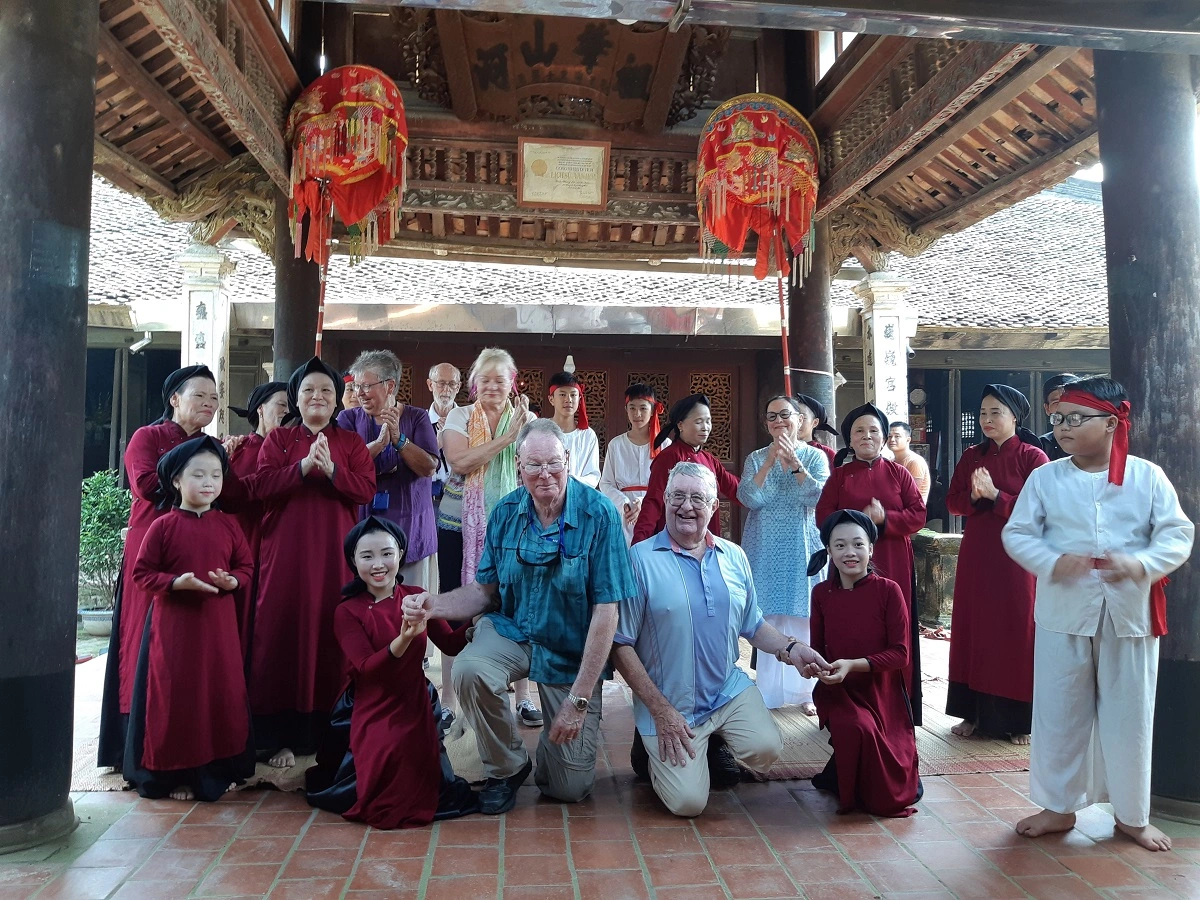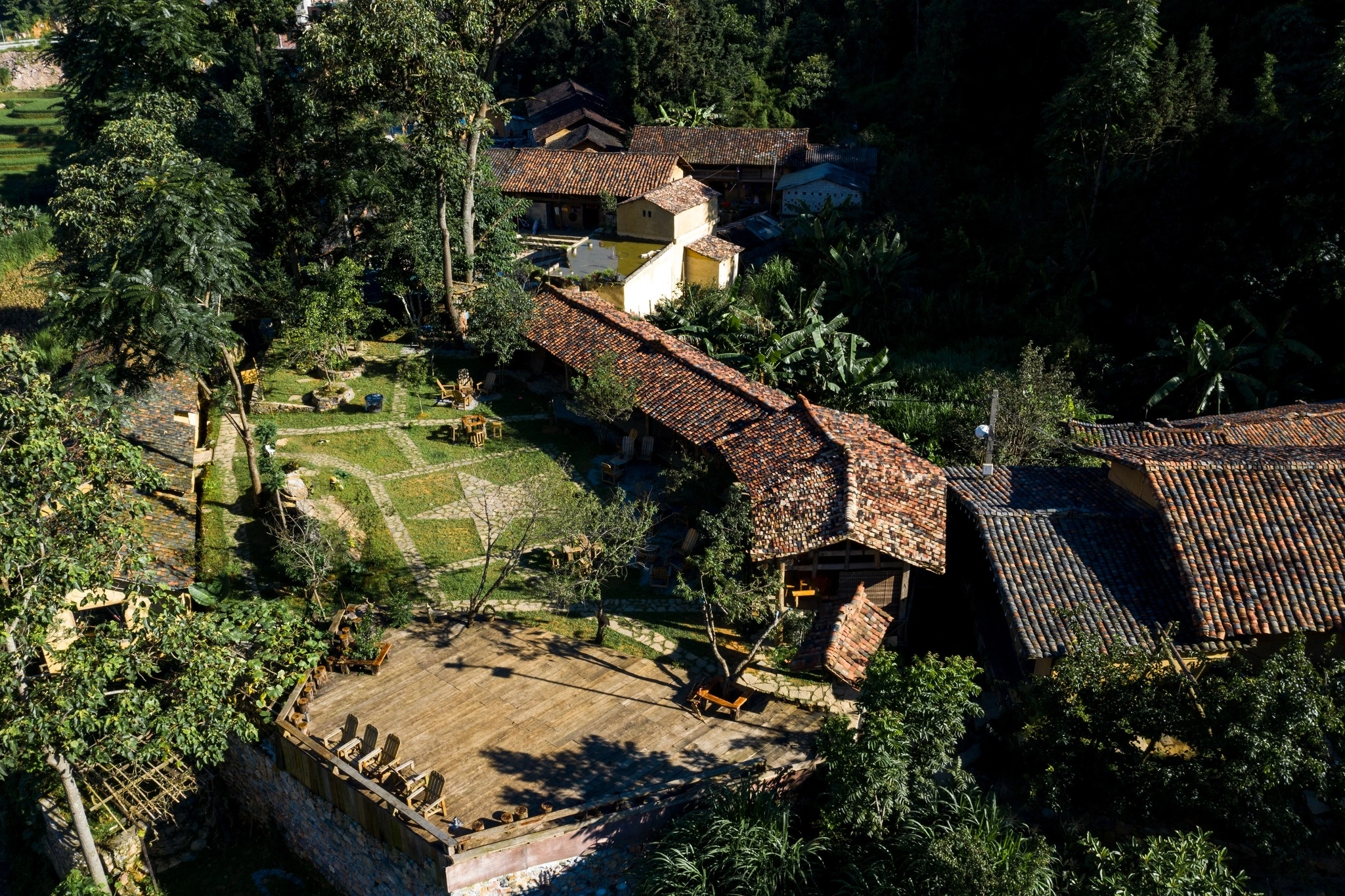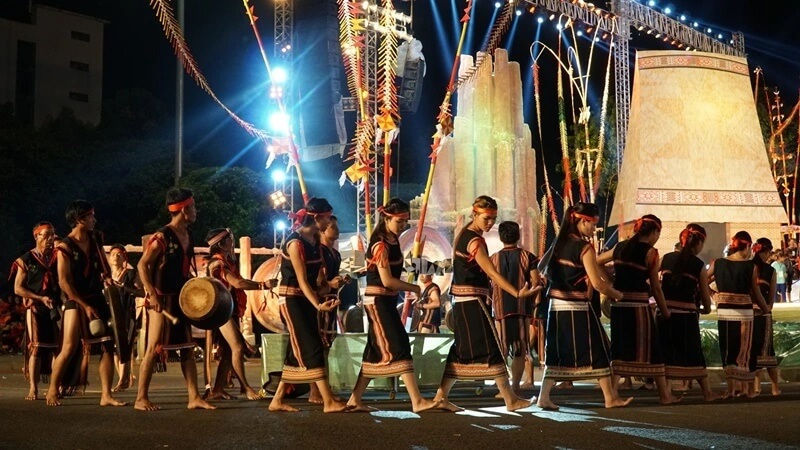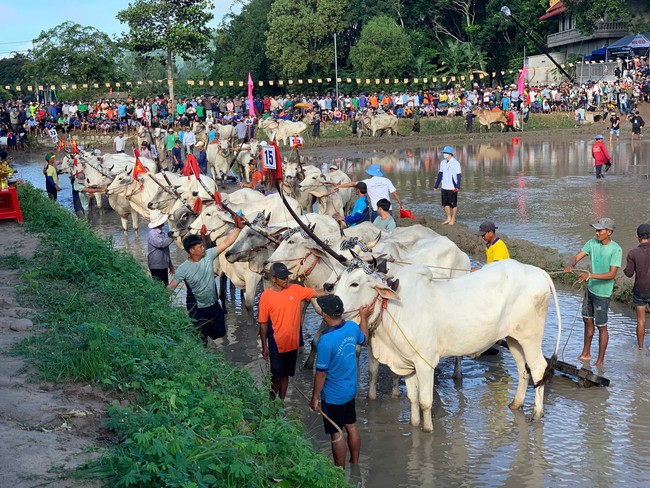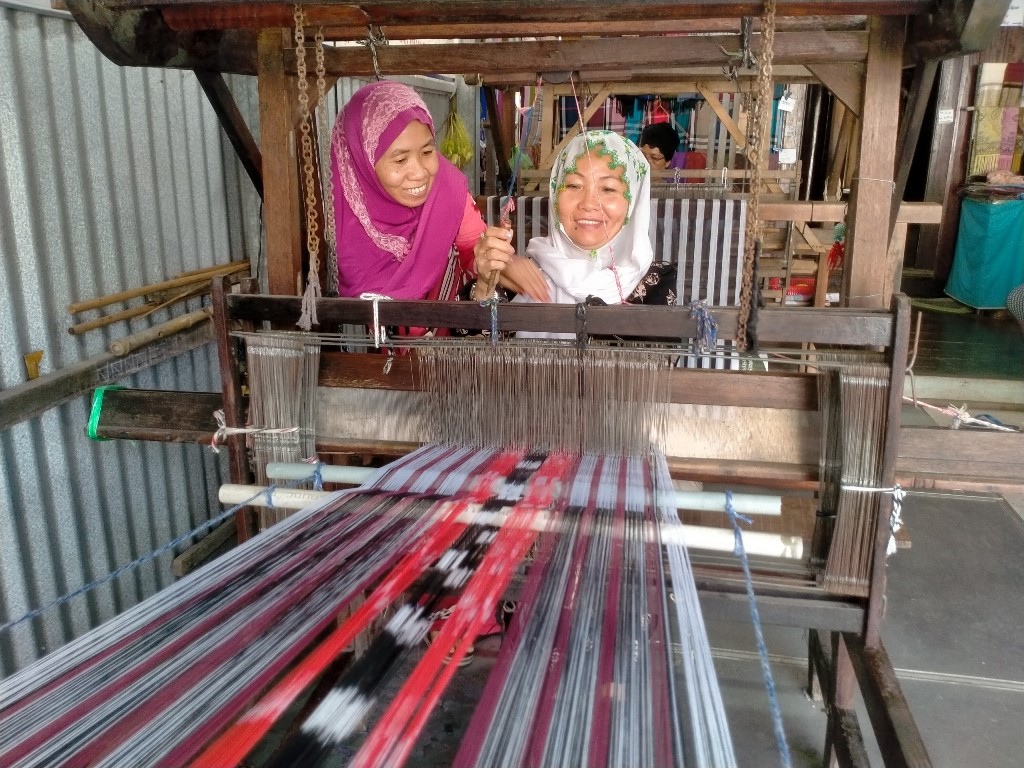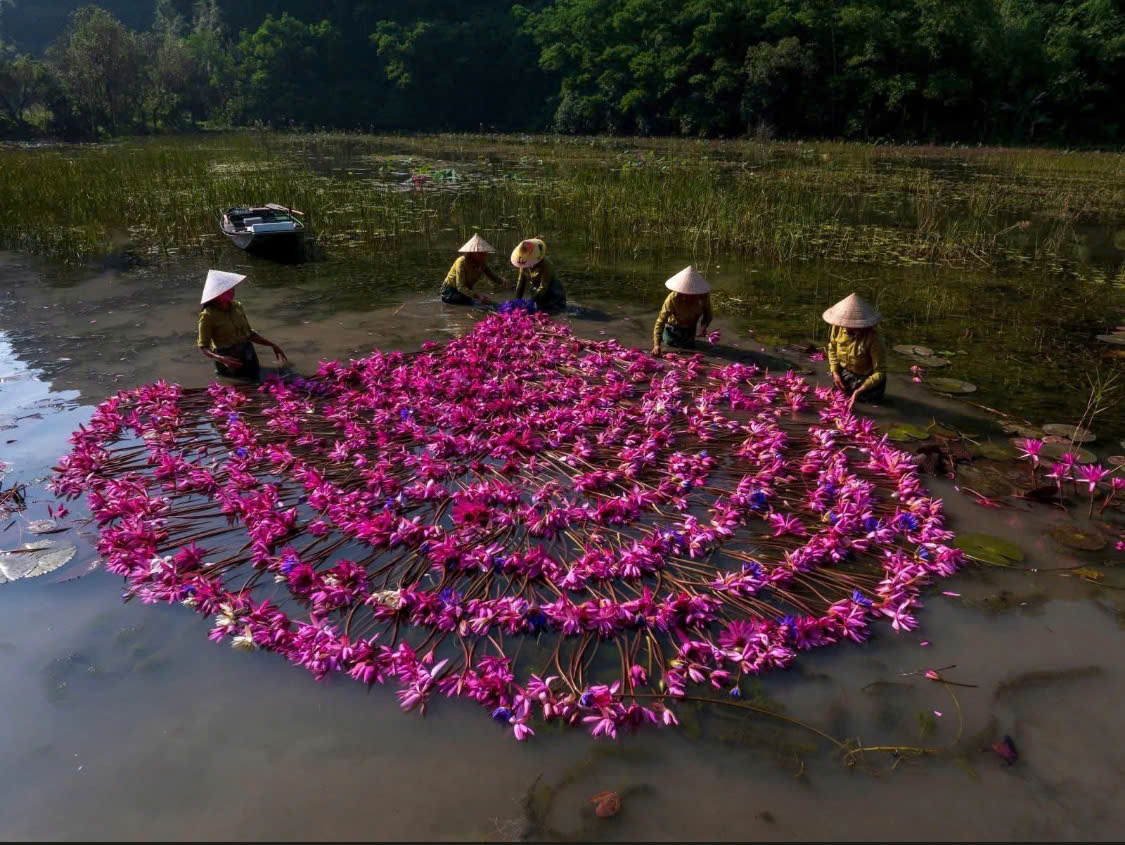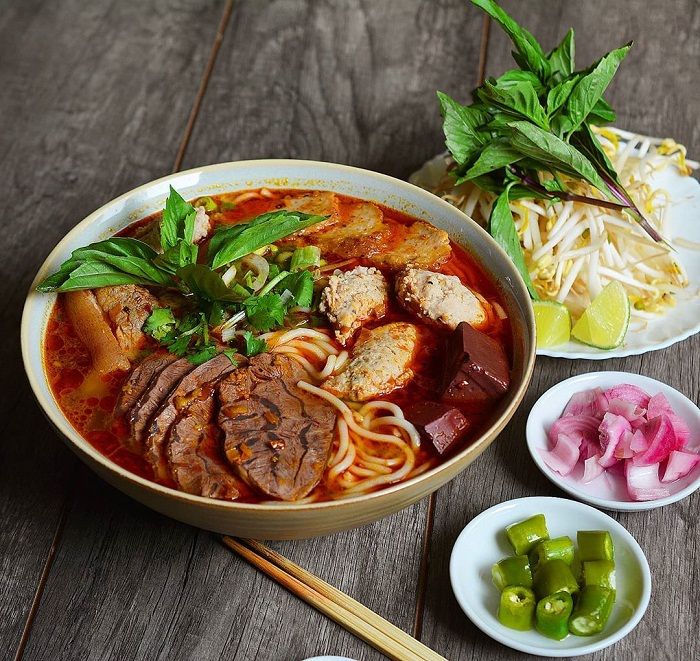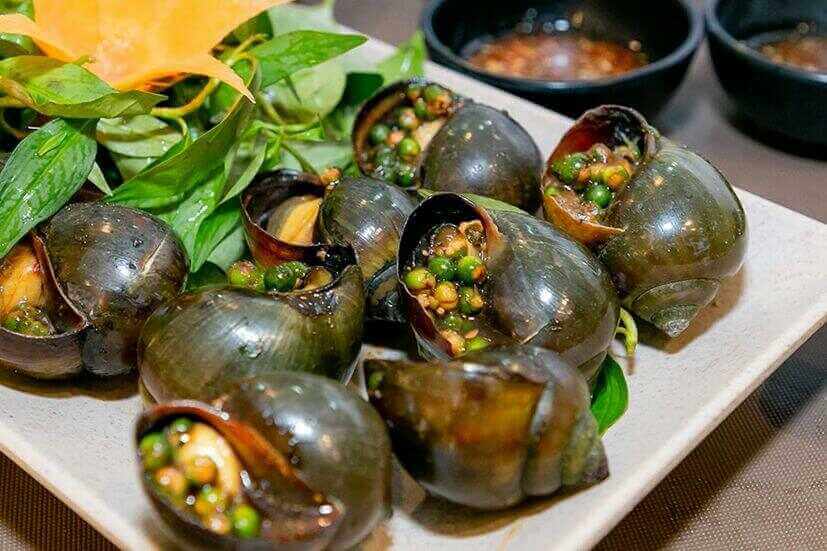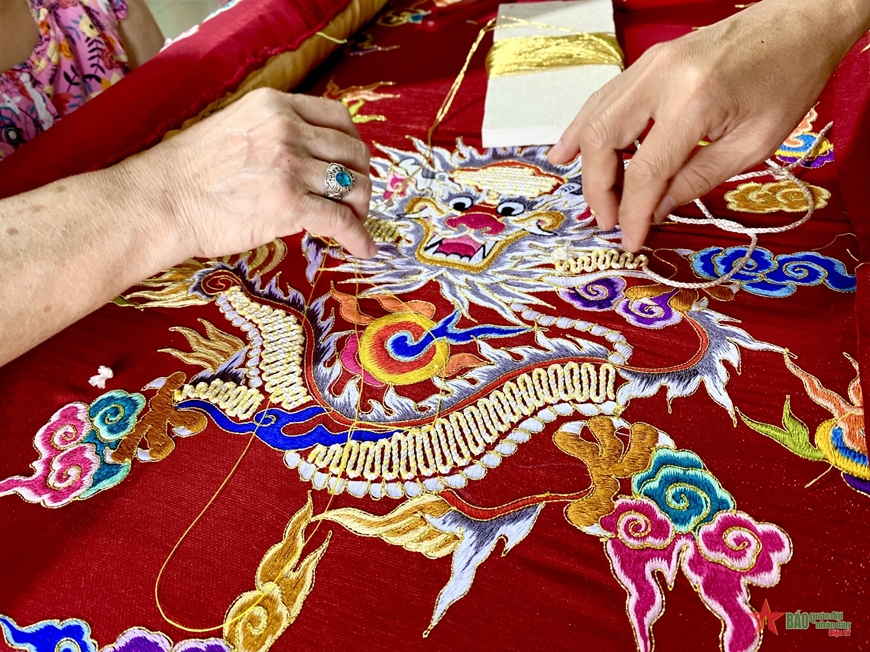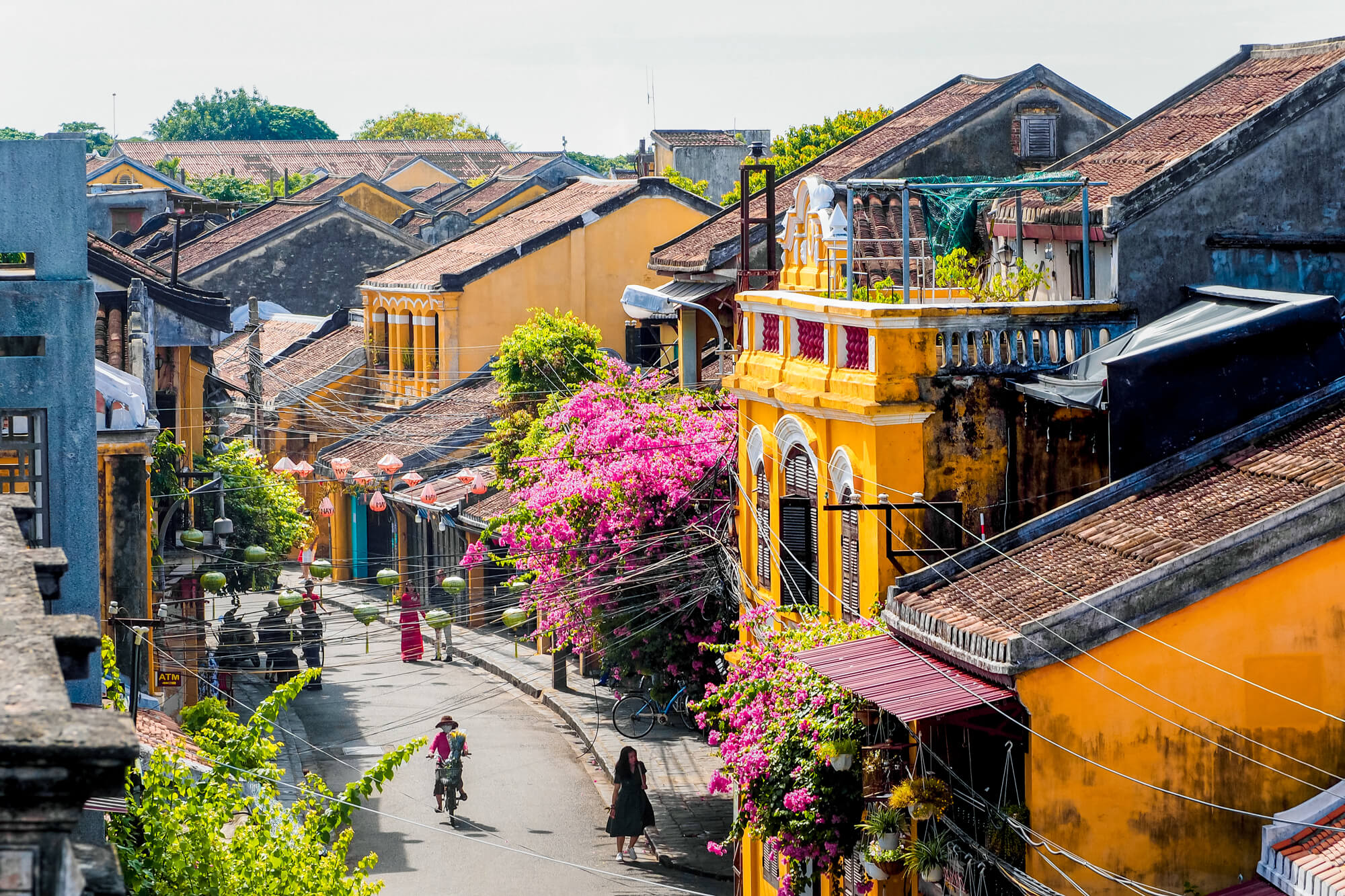Traditional Villages In Vietnam (Part 1)
Traditional Villages In Vietnam
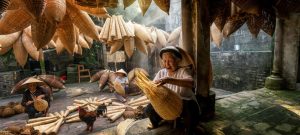
Nestled amidst the vibrant cultural tapestry of Hanoi, Vietnam, lie traditional villages that stand as testaments to centuries-old customs and ways of life. These villages, scattered throughout the outskirts of the bustling city, offer a glimpse into Vietnam’s rich heritage and timeless traditions.
Stepping into these traditional villages is like stepping back in time, where ancient customs and craftsmanship still thrive. From the picturesque rice paddies of Bat Trang, renowned for its exquisite pottery, to the tranquil ambienceof Van Phuc, a beautiful village of silk, each enclave tells a unique story of resilience and preservation.
In these villages, time seems to slow down as visitors wander through narrow alleyways lined with ancient houses adorned with intricate wood carvings and tiled roofs. Here, locals maintain age-old practices such as silk weaving, bamboo crafting, and traditional cultured methods, passing down their skills from one generation to the next.
The vibrant community spirit is palpable as villagers come together to celebrate festivals, honour ancestors, and uphold cultural rituals that have endured for centuries. As urbanization encroaches on the outskirts of Hanoi, these traditional villages serve as precious relics of Vietnam‘s past, offering visitors a captivating glimpse into the country’s rich cultural heritage.
Bat Trang Ceramic Villages
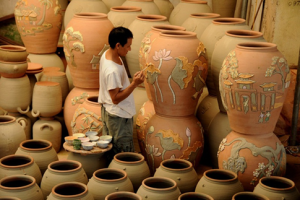
Nestled just outside the bustling city of Hanoi, Vietnam, Bat Trang stands as a testament to centuries of pottery craftsmanship and artistic tradition. With a history spanning over 500 years, this renowned pottery village offers visitors a captivating journey into Vietnam’s cultural heritage. As you step into Bat Trang, you’re greeted by a labyrinth of narrow lanes, each revealing the secrets of skilled artisans who meticulously mold clay into stunning shapes. Each piece is a masterpiece of vibrant colors and intricate patterns, showcasing the artisans’ mastery honed through generations.
The village exudes a serene ambiance, with traditional houses lining the streets amidst lush greenery, providing a tranquil backdrop for the artisans’ creative endeavors. Wander through these streets, and you’ll witness the timeless dance of tradition and innovation, where ancient techniques blend seamlessly with contemporary designs.
Engage with local craftspeople, witnessing first hand their dedication and passion for their craft. Strike up a conversation with a potter at work, and you’ll discover the stories behind each creation, infused with a sense of pride and heritage.
As you explore Bat Trang, you’ll not only gain insights into Vietnam’s rich artistic legacy but also have the opportunity to bring home unique treasures, each a testament to the skill and artistry of its creators. Whether it’s a delicate vase or a whimsical figurine, each piece carries with it the soul of Bat Trang, making it a cherished addition to any collection.
Van Phuc Silk Village

Van Phuc Silk Village stands as a timeless beacon of silk weaving mastery, boasting a rich history that spans over a thousand years. This illustrious village, a must-visit on Hanoi local tours, mesmerizes visitors with its exquisite embroidery lines and intricate patterns, each thread telling a story of tradition and craftsmanship.
Van Phuc silk, revered for its unparalleled quality, is woven from natural silk material, resulting in fabric that is soft, smooth, and delicately luxurious. The meticulous attention to detail is evident in every piece, with patterns meticulously arranged in symmetrical designs, exuding a sense of precision and elegance.
Diversity thrives within Van Phuc Silk Village, with a kaleidoscope of colors and an array of silk types to choose from, each renowned for its durability and timeless beauty. Visitors are afforded the unique opportunity to not only purchase authentic silk products but also to witness firsthand the intricate process of silk sheet making, guided by the skilled hands of talented artisans.
Stepping into Van Phuc Silk Village is akin to stepping into a living museum of Vietnam’s silk weaving heritage, where tradition seamlessly intertwines with modernity, and every thread carries with it a legacy of excellence and artistry. It’s a journey through time and craftsmanship, where the beauty of silk transcends mere fabric, becoming a testament to the ingenuity and creativity of those who have dedicated their lives to its craft.
Chuong Conical Village
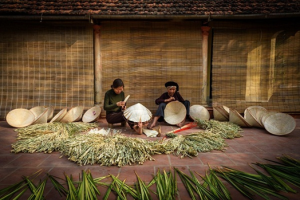
Only approximately 30 km from Hanoi’s bustling center, Chuong Village is renowned across Northern Vietnam for its exquisite craftsmanship in making conical hats. Traditionally, these hats were worn as practical headwear, shielding individuals from the sun and rain. However, in contemporary times, they have evolved into a fashionable accessory embraced by the Vietnamese populace.
Crafting a conical hat may seem straightforward, but the process involves multiple intricate steps, from sourcing and preparing the materials, including leaves and bamboo frames, to the meticulous weaving that brings the hat to life. Visitors to Chuong not only witness this meticulous craft but also immerse themselves in the picturesque backdrop of Vietnam’s countryside. Additionally, they have the opportunity to partake in the vibrant atmosphere of a traditional market, where local goods and delicacies abound, offering a truly immersive cultural experience that captures the essence of Vietnam’s rural life.
To conclude
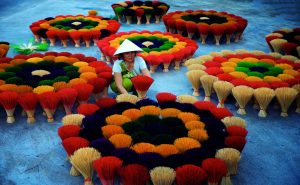
The traditional villages surrounding Hanoi stand as living testaments to Vietnam’s rich cultural heritage and artisanal traditions. From the pottery workshops of Bat Trang to the silk weaving looms of Van Phuc, these villages offer visitors a captivating journey back in time. As one wanders through the narrow lanes and tranquil landscapes, they are immersed in the sights, sounds, and scents of centuries-old craftsmanship. Whether it’s witnessing artisans at work, exploring vibrant markets, or simply soaking in the serene ambience, a visit to these traditional villages is sure to leave a lasting impression, fostering a deeper appreciation for the cultural richness of Hanoi and its surrounding regions.



